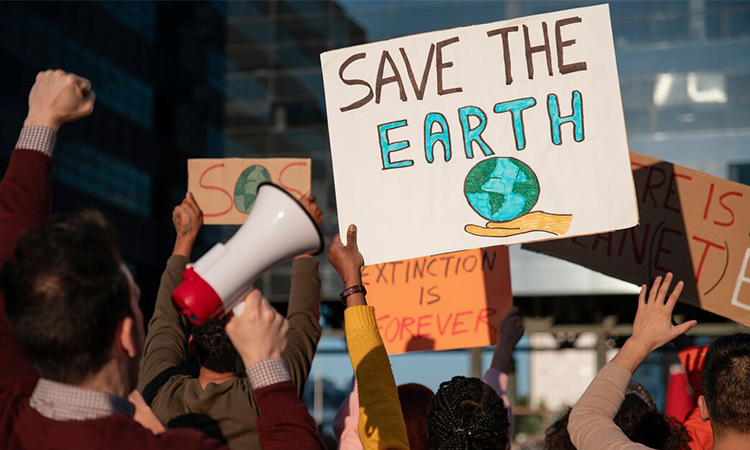Climate advocacy encompasses the efforts and actions taken by individuals, groups, and organizations to influence public policy and opinion regarding climate change. As the planet faces unprecedented environmental challenges, the role of climate advocacy becomes increasingly crucial. This article explores the concept of climate advocacy, its importance, and how it shapes the global response to climate change.
What is Climate Advocacy?
Climate advocacy refers to a range of activities aimed at raising awareness about climate change and influencing both policy and individual actions to address this global crisis. It involves lobbying policymakers, educating the public, organizing campaigns, and promoting sustainable practices.
The Goals of Climate Advocacy
The primary goals of climate advocacy are to:
- Influence Policy: Advocate for laws and policies that reduce greenhouse gas emissions, promote renewable energy, and support climate resilience and adaptation strategies.
- Raise Awareness: Increase public understanding of climate change impacts and the urgent need for action.
- Drive Corporate Change: Encourage businesses to adopt sustainable practices and reduce their carbon footprint.
- Empower Communities: Support communities, especially those most vulnerable to climate impacts, in adapting and becoming more resilient.
Methods of Climate Advocacy
- Public Campaigns and Protests: Organizing rallies, marches, and public demonstrations to draw attention to climate issues and demand action from leaders.
- Educational Programs: Conducting workshops, seminars, and outreach programs to educate people about the effects of climate change and sustainable practices.
- Policy Lobbying: Engaging with policymakers and government officials to advocate for effective climate policies.
- Social Media and Online Activism: Using digital platforms to spread awareness, mobilize support, and create global networks of advocates.
- Collaboration with Scientists: Working with scientists to ensure advocacy efforts are grounded in the latest climate research.
The Impact of Climate Advocacy
Climate advocacy has led to significant progress, including the adoption of international agreements like the Paris Agreement, the development of national climate policies, increased investment in renewable energy, and greater public engagement with climate issues.
Challenges Faced by Climate Advocates
Climate advocates often face challenges such as political resistance, misinformation about climate change, and the need for more substantial funding and resources. Overcoming these challenges requires persistence, collaboration, and innovative strategies.
The Role of Individuals in Climate Advocacy
Every individual can be a climate advocate. Actions can range from educating oneself and others about climate change, participating in community initiatives, reducing personal carbon footprints, to engaging with local and national political processes.
A Collective Call to Action
Climate advocacy is not just the responsibility of activists and policymakers; it is a call to action for everyone. By raising our voices for the planet, we can drive the change needed to address the climate crisis. It’s through collective effort and unwavering commitment that we can safeguard our environment for future generations.
Next On Your Reading List:


